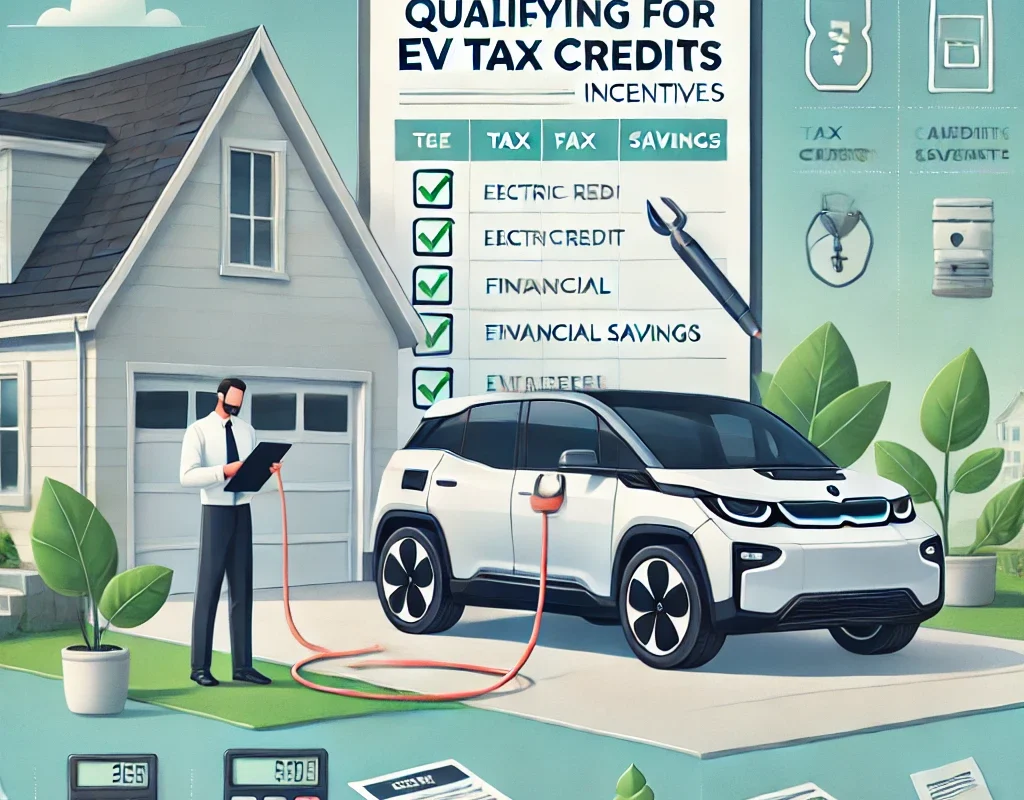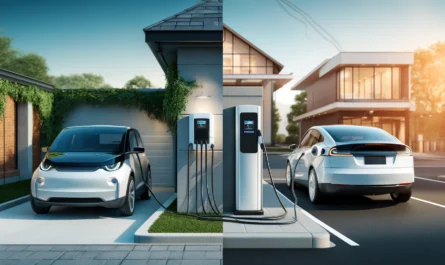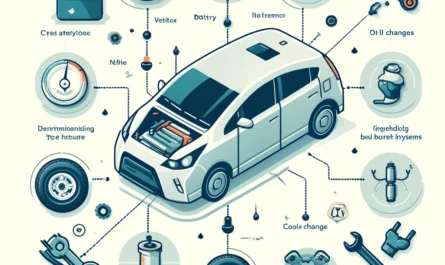Electric vehicles (EVs) have revolutionized the automotive industry, offering sustainable alternatives to traditional gas-powered cars. Governments across the world, especially in the United States, encourage the adoption of EVs by offering substantial tax credits and incentives to potential buyers. Qualifying for these EV tax credits and incentives can provide significant financial relief, making EV ownership more accessible and appealing.
Understanding the eligibility requirements for EV tax credits is essential for anyone considering an EV purchase. This article delves into the specifics of qualifying for federal and state-level EV tax credits, covering everything from vehicle requirements to income qualifications, and explores how to maximize these benefits.
Understanding EV Tax Credits
To help potential EV buyers understand the scope of benefits available, it’s essential first to distinguish between the various types of incentives. EV tax credits are typically offered at the federal level in the U.S., along with additional state and local incentives. Together, these credits lower the upfront cost of EVs, contributing to a faster transition to cleaner energy transportation.
The Importance of EV Incentives
The primary purpose of EV incentives is to reduce greenhouse gas emissions by encouraging more drivers to shift to electric vehicles. Incentives make EVs more affordable and accelerate the adoption of clean energy vehicles, benefiting the environment and public health. Furthermore, these credits can significantly reduce the initial costs of EV ownership, providing a practical financial incentive to go green.
Types of EV Tax Credits
EV tax credits fall into three main categories: federal, state, and local. The federal government provides credits based on the vehicle type and specifications, while many states offer additional credits, rebates, or grants. Local municipalities may also offer unique incentives, such as access to carpool lanes or reduced parking fees.
Federal EV Tax Credit Eligibility
The federal EV tax credit is one of the most significant incentives, providing up to $7,500 for eligible new EV purchases. However, it comes with specific requirements:
- Vehicle Type and Battery Capacity: Only certain EVs qualify, primarily based on battery size and energy efficiency.
- Manufacturing Requirements: Some EVs must meet North American assembly standards to qualify.
- Income Limitations: Recent legislation has introduced income limits, restricting credits for higher earners.
Qualifying for the Federal Tax Credit
To qualify for federal tax credits, a vehicle must meet battery size requirements and production conditions. This includes purchasing a qualifying EV from a recognized manufacturer and ensuring it meets the assembly guidelines. The final assembly requirement mandates that the EV must be assembled in North America to ensure that the incentives align with local manufacturing goals.
Income Limits for EV Tax Credits
Income limits were added to federal EV tax credits to target middle- and lower-income buyers. For individual filers, the adjusted gross income (AGI) limit is typically $150,000, while joint filers have a $300,000 limit. If a taxpayer’s income exceeds these thresholds, they may not be eligible for the credit.
EV Battery Requirements
Battery size is a critical factor in determining eligibility. The federal tax credit generally requires a minimum battery capacity, ensuring that only vehicles with substantial electric range and energy efficiency qualify. Additionally, there are manufacturing requirements for battery components, including stipulations for minerals sourced from the U.S. or specific allied countries.
EV Model and Manufacturer Eligibility
Not all electric vehicle models qualify for federal tax credits. The IRS publishes an updated list of eligible vehicles, including model-specific information. Major manufacturers such as Tesla, GM, and Ford offer eligible models, but the list changes as new vehicles enter the market and old models become ineligible due to manufacturing adjustments.
Final Assembly Requirements
The final assembly of the EV must occur in North America to qualify for the federal tax credit. This stipulation supports local manufacturing and employment while reducing emissions associated with shipping. Buyers should verify the vehicle’s assembly location before purchase to confirm eligibility.
Used EV Tax Credits
The Inflation Reduction Act introduced new credits for used EV purchases, helping make EV ownership accessible to more buyers. Qualifying for the used EV tax credit is generally easier, though the credit amount is capped at $4,000. However, it’s essential to verify that the used EV is on the list of approved models and meets mileage and age requirements.
State and Local Incentives
State and local incentives vary widely, providing unique benefits to EV owners. Many states offer rebates, tax credits, or even reduced registration fees for EVs. Local incentives can range from reduced or free parking to access to HOV lanes. To maximize savings, EV buyers should research available state and local incentives alongside federal credits.
California EV Tax Credits
California is a leader in EV adoption and offers various incentives. The Clean Vehicle Rebate Project (CVRP) offers rebates on top of the federal credit, and additional programs target low-income households, making EV ownership even more accessible. California also provides incentives for installing home EV chargers, further supporting sustainable energy.
New York EV Incentives
New York provides the Drive Clean Rebate, which grants up to $2,000 on qualifying EV purchases. Additionally, New York City offers unique perks like reduced toll fees for EV owners. These benefits make New York an attractive state for EV buyers, especially in urban areas with high fuel costs.
EV Incentives in Texas
Texas offers state-funded rebates for EV purchases, and various cities have launched their programs. The state emphasizes EV adoption for both environmental and economic reasons, making EVs an increasingly popular choice for residents.
Incentives for Low-Income Households
Several programs cater specifically to low-income families, recognizing that they often bear a disproportionate share of transportation costs. Incentives include additional rebates, grants, and even loan programs that help offset the costs associated with purchasing an EV.
Employer-Sponsored EV Benefits
Some employers provide additional EV benefits, such as EV charging at work, preferential parking, or even financial incentives for employees who drive EVs. These benefits make commuting in an EV more convenient and economical.
Qualifying for EV Charging Incentives
In addition to EV purchase incentives, homeowners can also receive credits for installing home EV chargers. These incentives cover a portion of installation costs, making home charging accessible and convenient.
EV Tax Credit Process
Claiming EV tax credits involves careful documentation. Buyers must retain purchase records, vehicle identification numbers, and relevant paperwork for tax filings. This process ensures that buyers receive their eligible tax credit when filing returns.
You Can Also Read : How to Check and Maintain Tire Pressure for Optimal Performance
Claiming Federal EV Tax Credit
The federal EV tax credit is claimed during tax season by completing IRS Form 8936. Buyers should consult a tax professional to ensure accurate filing and maximize their benefit.



